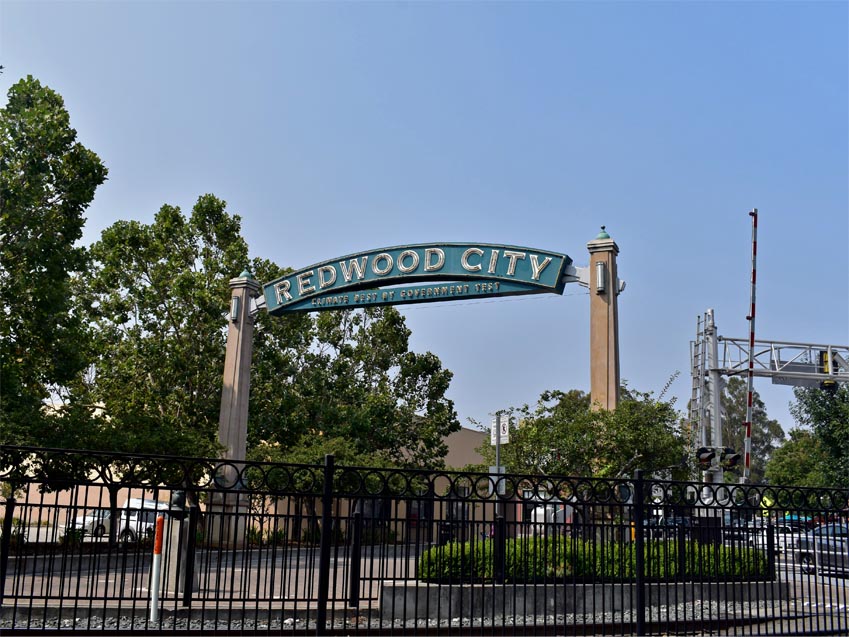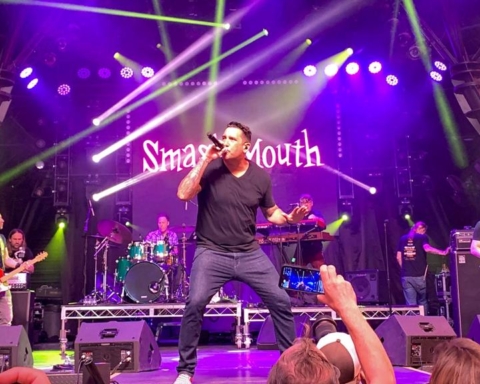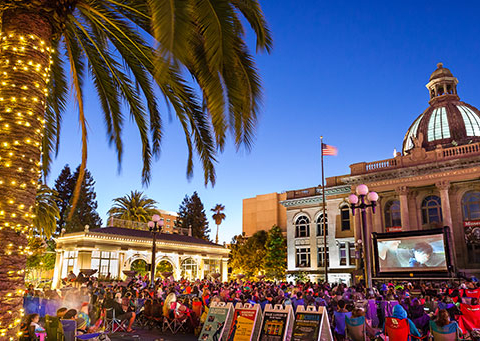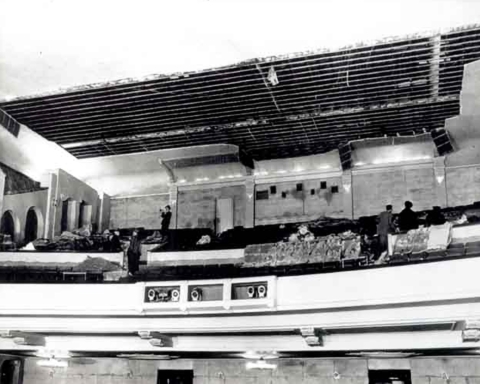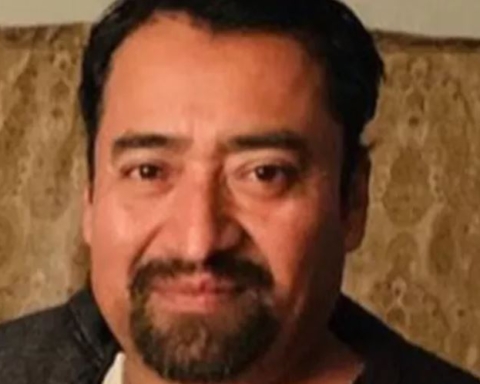As California Assembly Speaker Jesse Unruh famously said when he ruled the roost in the 1970s, “Money is the mother’s milk of politics.”
The milk is flowing, as the latest round of campaign finance reports have been filed covering the money raised and spent from September 23 to October 20.
It is likely businesswoman/mother/Planning Commissioner Giselle Hale has set a record for fundraising in the Redwood City Council race, or, most likely, any other Peninsula city council race – she has raised more than $95,000 in cash and nonmonetary contributions so far and she will go over the $100,000 mark in both fundraising and spending.
No one keeps records of this, but if anyone can recall a Peninsula city council race in which someone raised and spent this much money, speak up.
Hale’s next closest fundraising competitor is community activist and Stanford community representative Jason Galisatus, who has raised a total of $72,954 in cash and nonmonetary contributions.
After Galisatus, Hale has essentially lapped the field.
The next-closest is community advocate Diana Reddy, who has raised a total of $50,646, including more than $10,000 of her own money she has spent or loaned the campaign. She also received an unusually large amount of money in nonmonetary contributions — $17,882, or 35 percent of her total campaign treasury.
Nonmonetary contributions include things such as includes donated food, campaign materials and expertise, although the actual value of the contribution is, frankly, much harder to track.
Next is Christina Umhofer, who has raised $38,966, but more than $9,000 of that is in the form of loans she has made to her campaign. She also received a remarkable amount of nonmonetary contributions — $10,608, or more than 27 percent of her campaign funds.
Business manager and Planning Commissioner Ernie Schmidt has raised a total of $31,142, including a $12,500 loan he made to the campaign, or 40 percent of his campaign treasury. Interestingly, earlier in the year, when Schmidt initially opted out of the race, he predicted the campaign would cost $80,000. He then said he wasn’t sure he had enough desire to raise that kind of money.
Certified Public Accountant and community volunteer Rick Hunter has raised $29,452 in cash and nonmonetary contributions.
Last in the money race is incumbent Vice Mayor Diane Howard, who has raised $28,897, including a $5,000 campaign loan from husband Steve Howard, which is equal to 17 percent of the money she has raised.
Ordinarily, you would expect the incumbent to raise the most money – donors typically want to be on the good side of someone who is likely to return to office.
Conversely, it could be argued that that Howard doesn’t need to raise money as actively as the other candidates because she is an incumbent. In a large-turnout election such as this one, voters will know less about the down-ticket races and opt for returning to office someone who has not been controversial, which can fairly be said about Howard.
Anyway, we’ll find out in about a week whether Howard’s relatively low-key campaign will be sufficient.
WHAT’S IT ALL ABOUT? If money is the mother’s milk of politics, then Hale’s campaign is extraordinarily well-financed and that should improve her chances of winning.
A local race is more complicated, however. In some cases, voters may be wary of a campaign that is too professional. I know of several candidates in different city campaigns who, over the years, purposely made their campaign materials a little less polished.
Hale has impressive business credentials and both she and Galisatus have significant experience in political campaigns, so it comes as no surprise that both of them are most effective at the nuts and bolts of running for office, including fundraising, but also campaign outreach.
In ordinary circumstances, both of them would be seen as conducting highly effective, formidable, almost classic campaigns. Are these ordinary circumstances? Most assuredly, they are not.
This local race is unusually active, and the universe of voters – due to all-mail-balloting and alignment of the election with a gubernatorial race – is virtually unknown.
That would seem to argue for raising more money to reach a larger electorate whose voting habits are largely unknown.
The best advice I can give is this: As I mentioned last week, Kevin Mullin and I are co-hosting a live Election Night show on Peninsula TV. If I were you, I’d watch.
FROM INCOME TO OUTGO: The period covered by this report was a critical one. The campaign hit full speed ahead and many of the pieces of mail you’re receiving in your mailbox – or online videos and social media messages – were paid for during this period. It is also critical to note who had money left as of October 22 for the final three weeks of the campaign.
Given her huge lead in fundraising, it is no surprise Hale has spent the most and has the most cash on hand for the final push: She has spent more than $66,000, has more than $17,000 in accrued expenses and still had $46,450 in cash on hand.
Galisatus has spent a campaign total of $72,954 and had $25,411 in cash on hand. Reddy has spent $36,670 and had $13,886 in cash on hand. Schmidt has spent $26,952 and had $3,440 in cash on hand. Hunter has spent $23,253 and had $6,199 in cash on hand. Howard has spent $18,897 and had $14,866 in cash on hand.
In the next column, I’ll dive into who gave to whom, go over some finance reports in other campaigns and discuss what’s behind the campaign contributions.
Contact Mark Simon at mark.simon24@yahoo.com.
*The opinions expressed in this column are the author’s own and do not necessarily reflect the views of Climate Online.

